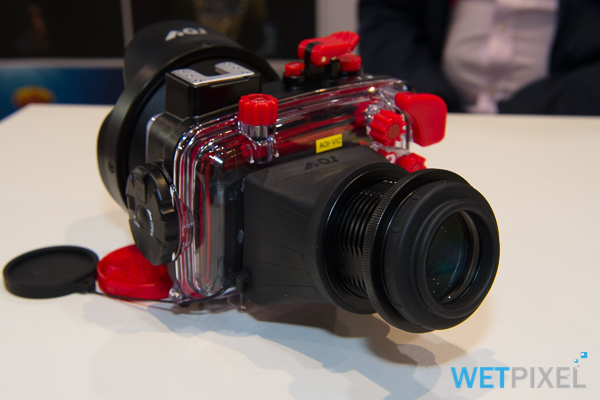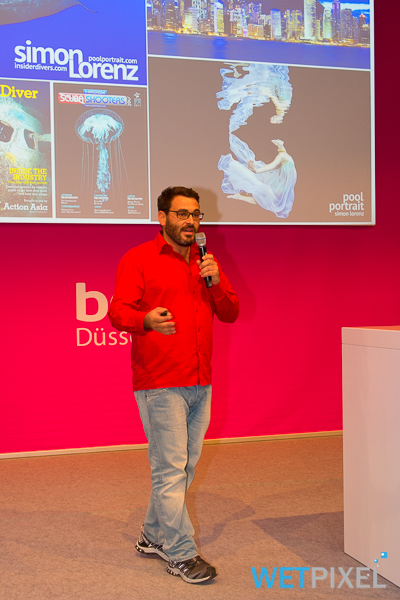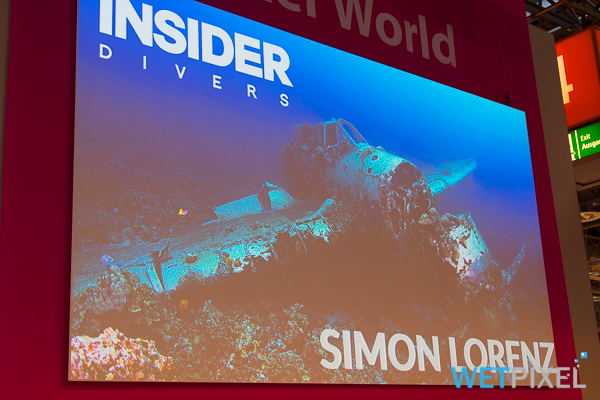Show Report: BOOT 2018
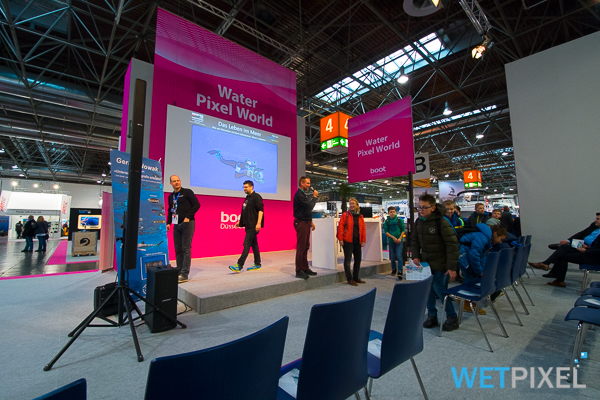
BOOT Show day 1
The annual BOOT Show, held in Dusseldorf, Germany is the largest consumer watersports show in the world. It consists of 15 giant halls, which house exhibitors from almost every water based activity. Yachts, motorboats and cabin cruisers are all displayed, along with all the accessories that go with them.
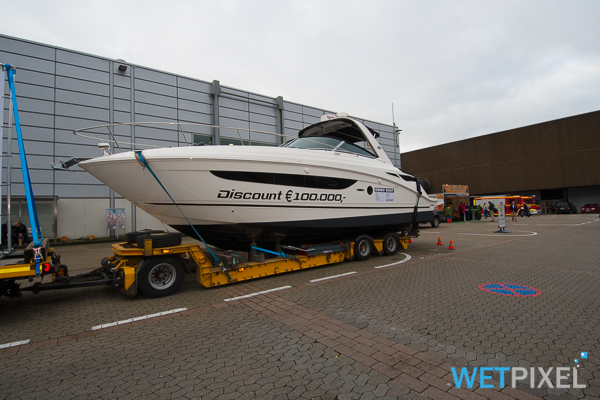
Scuba occupies the whole of Hall 3, and in the past few years, underwater imaging has gradually established a base in Hall 4. It is great to see this growing and it now occupies a significant and discrete space within thus giant show.
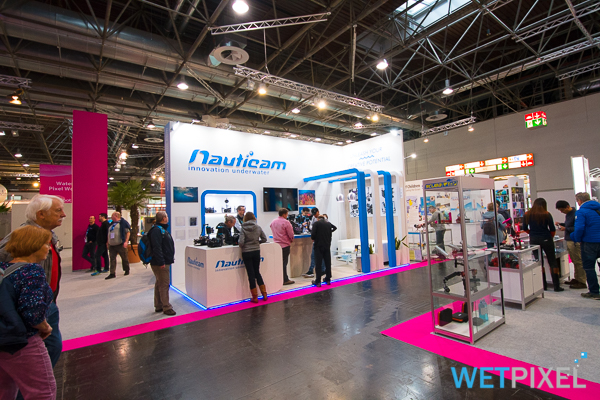
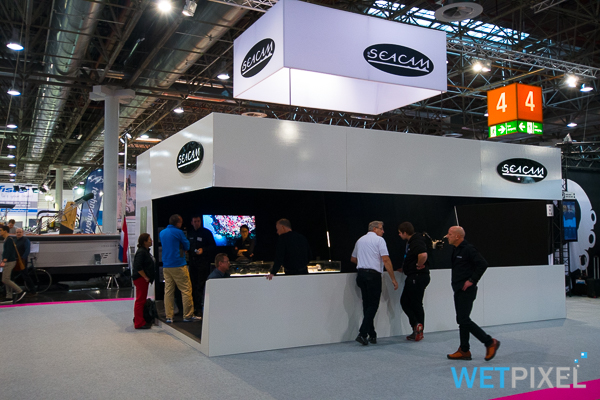
The show runs for a total of 9 days, and Wetpixel is only visiting for 2 of them! After registering early, it was fascinating to wander about before the show opened to the public.
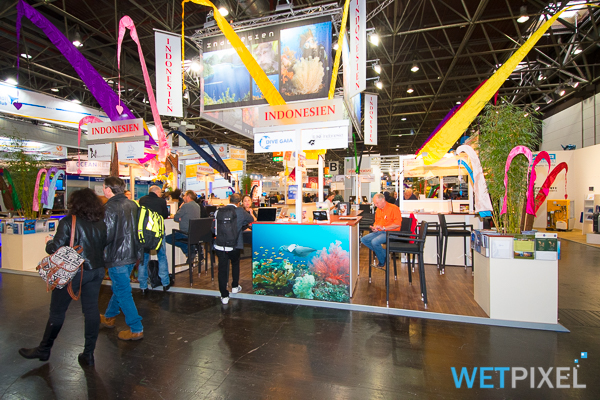
Once the show opened, the booths rapidly started getting lots of traffic.
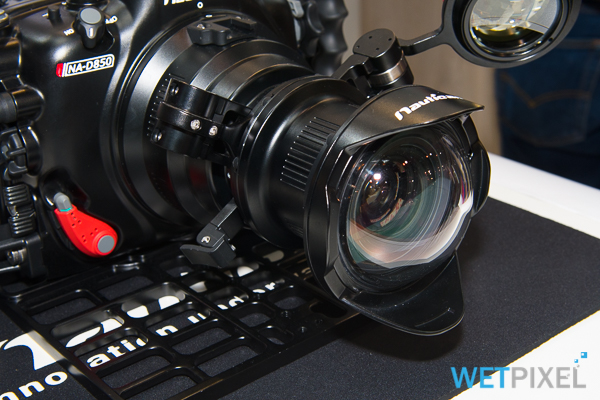
Edward Lai and Phoebe Lu of Nauticam were kind enough to spend some time with me. We discussed Nauticam’s new optics. Their much awaited M2F water contact conversion lens that converts a 60mm macro lens to an 150° to 180° filed of view, or an 120° to 150° with a 100/105mm.
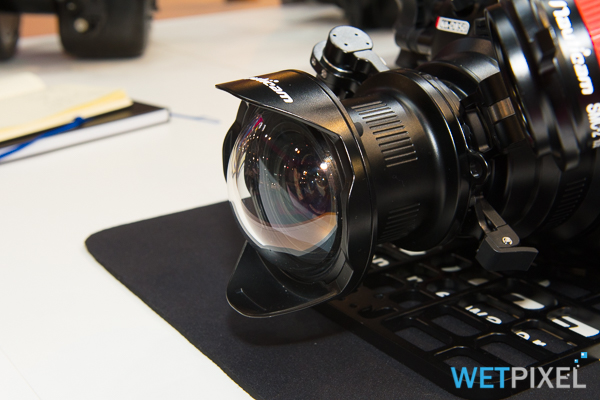
Edward explained that this was his first experience of working with achromatic lenses, in this case correcting the curved virtual image to a linear one, in order to avoid the optical problems on the dome.

The M2F allows the user to switch from a macro lens to a wide angle fisheye on the same dive. If a CMC macro converter lens is added, this expands the focal range from (potentially) super macro to fisheye.
The M2F will be shipping very soon and will retail at between $1500-$2000.
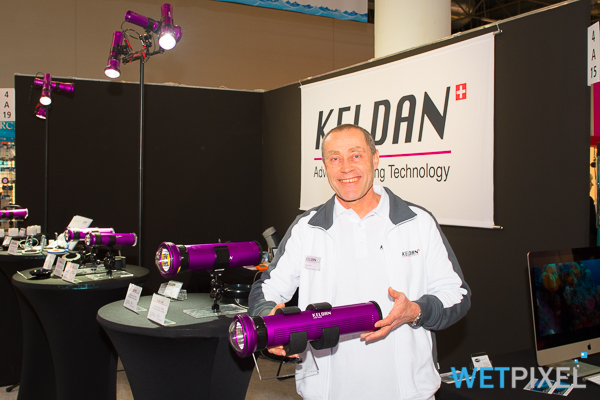
I then wandered over to see Daniel Keller of Keldan lights.
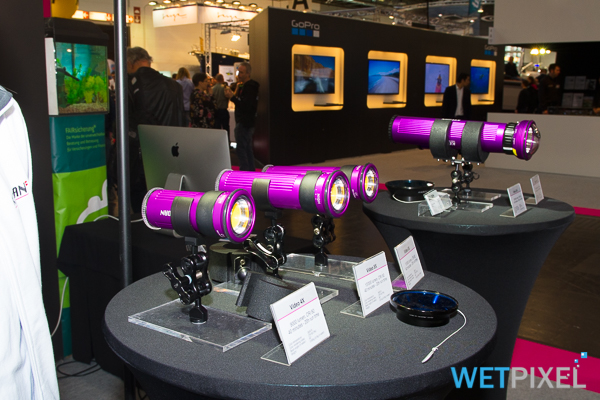
The new video lights announced at DEMA in 2017 are now shipping, as are the new gel Spectrum color correction filters.
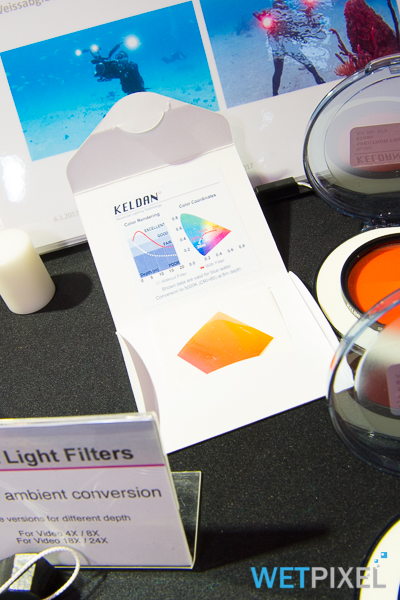
Daniel and Wetpixel Editor Adam Hanlon, will be collaborating on a guide to color underwater for underwater imaging over the next few months.
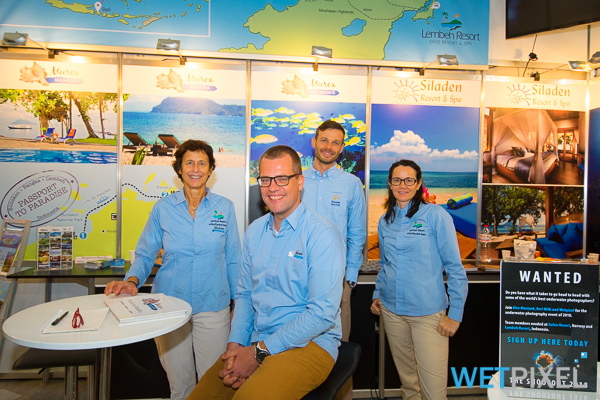
The show has a several stages, and within Hall 3 is the Water Pixel stage. This features an active series of talks.
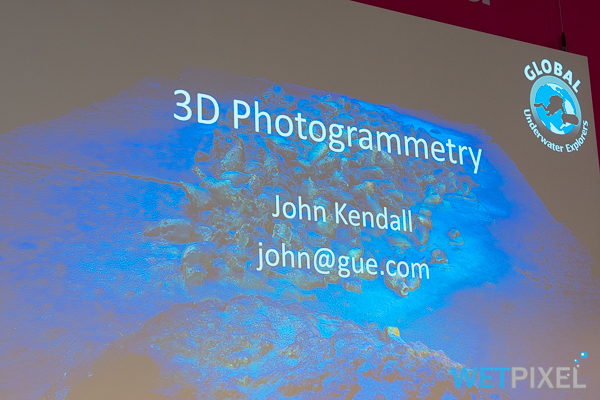
GUE’s John Kendall spoke about 3D photogrammetry, or using multiple images blended together too create 3D models of underwater objects.

John showed a series of “fly through” 3D models. The audience were provided with 3D glasses to enjoy these.
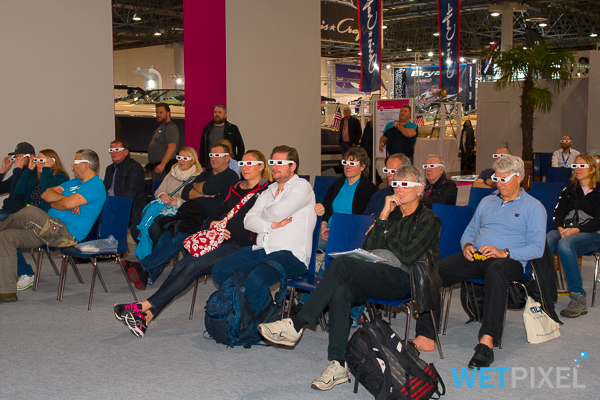
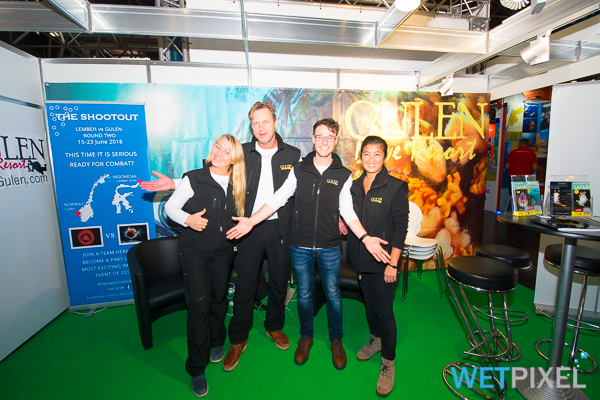
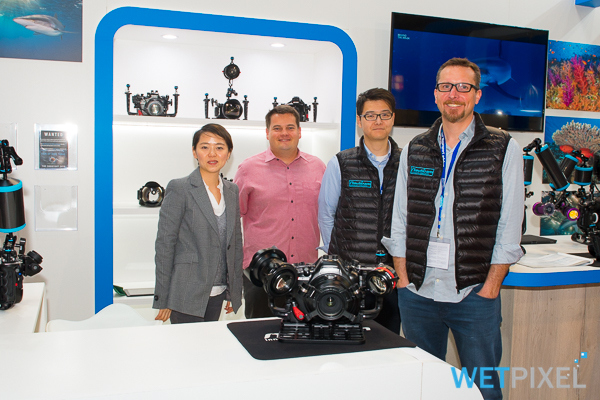
Ryan Canon of Nauticam was kind enough to talk through the company’s new housing for the Canon C200 Digital Cinema camera. Ryan feels that this offers the pleasing Canon color, compressed RAW files, excellent 12-bit quality, Dual Pixel autofocus and integrated ND filters.
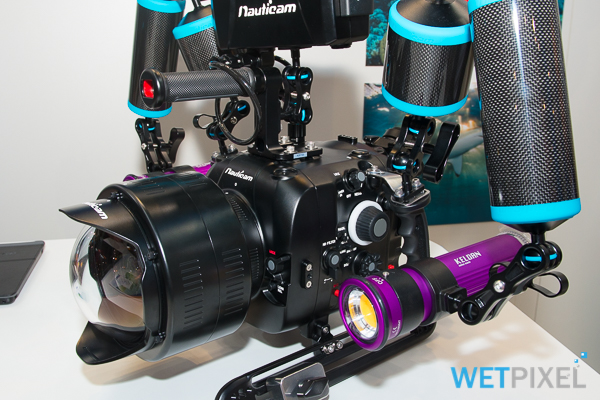
The C200 housing offers numerous user configurable options, including the ability to control both manual focus and zoom if required. These can be assigned to either side, depending on user preference.
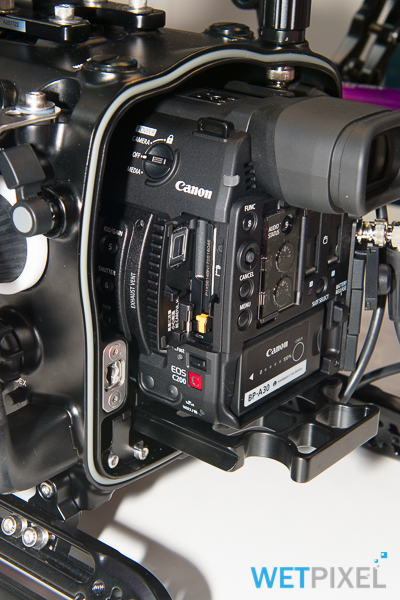
The camera uses CFast cards, and even with a 512GB card, will only offer a recoding time of 30 minutes. Ryan stressed that the C200 housing gives easy access for both battery changes (the housing will accept both sizes of Canon batteries) and card swaps.

In terms of housing, the production version has been slightly increased in size and is hence slightly more buoyant.
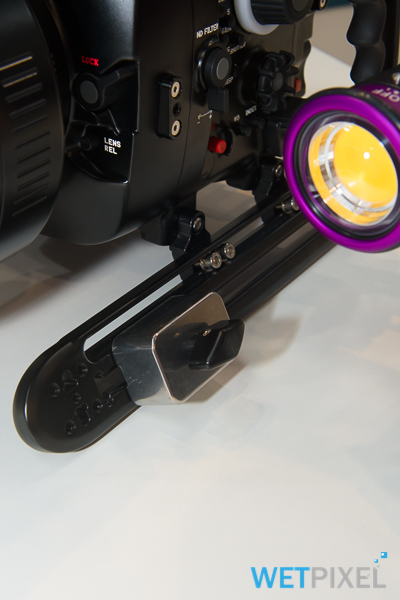
It has an adjustable trim weight system, that slides along the housing’s foot rails, or can be attached to docking points on the housing to improve trim as required.

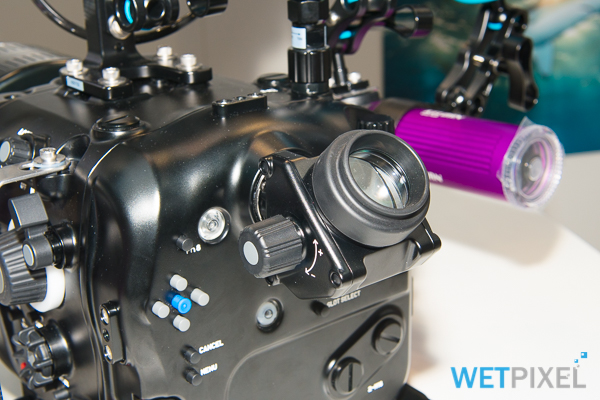
The housing on the show had both an external monitor and a 45° viewfinder fitted. Ryan emphasised that for some types of filming, this offers streamlining advantages.
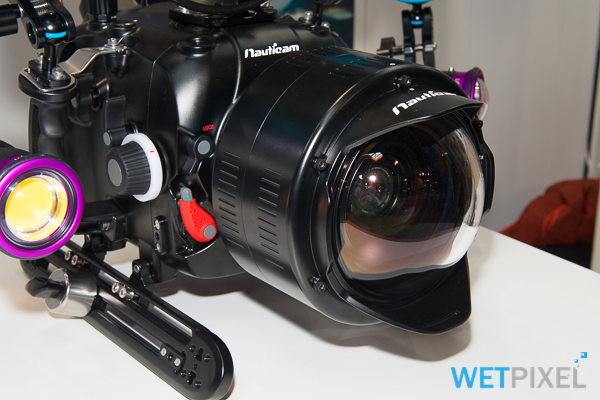
Lastly, the C200 on show was fitted with the nauticam WACP conversion lens. Ryan has found this a good combination with the 15-55mm STM lens. He feels that the stepped motor version lenses provide a smoother focus with video than the (more expensive) USM.
Ryan confirmed that Nauticam will be offering a housing for the recentLy announced Panasonic EVA1. This should be shipping around March.
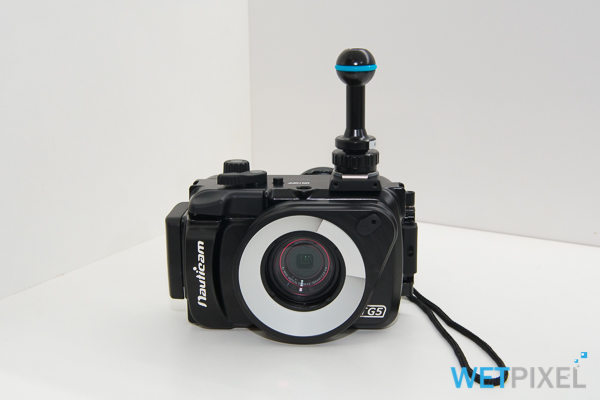
Hergen Spalink showed us a ring flash diffuser that is designed to be attached to Nauticam’s housing for the Olympus TG5. It diffuses the camera’s own flash and allows subjects to be lit when using its own excellent microscope mode. The diffuser also has a port that allows for the attachment of a fiber optic cable to also trigger an external strobe.
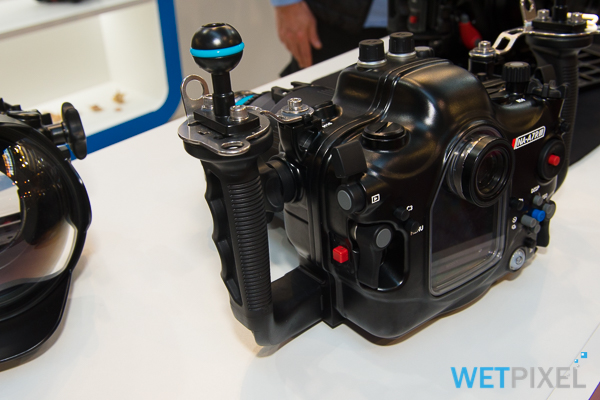
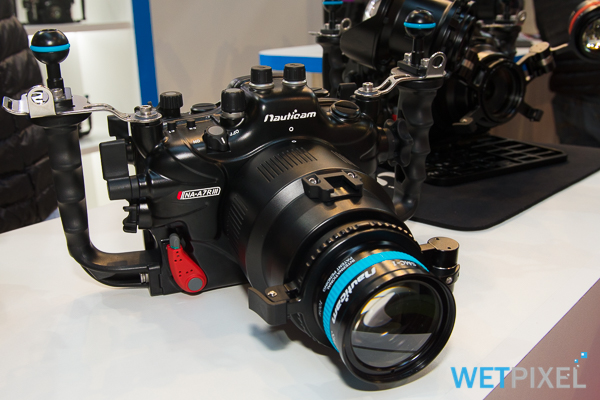
Nauticam also had their new housing for the Sony A7RIII. It features the same feature set as that of the preceding A7 housings, although their has been additional 3D machining sculpting the housing’s shape.
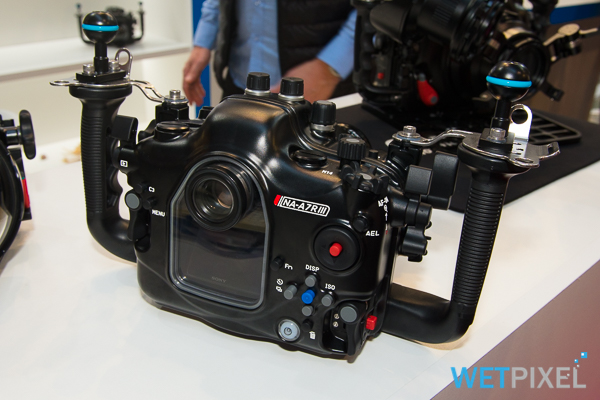
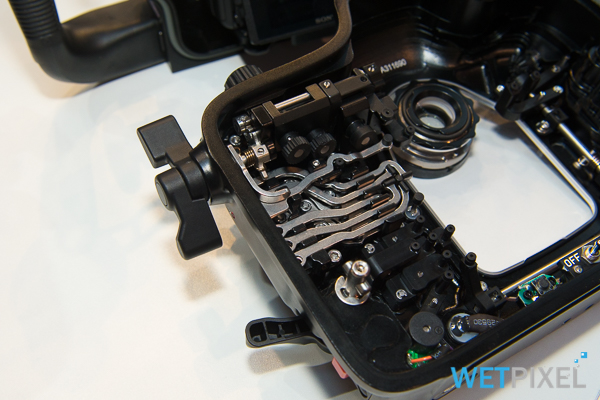
These cameras are being used for a very wide number of purposes and Ryan pointed out that they ship with 2 M14 ports and an M16 one, allowing for the attachment of a number of external devices.

Lastly, Ryan showed me their new housing for the Olympus OM-D E-M1O III. This is a very light and compact system, which when combined with the Olympus 60mm macro lens, offers a very high reproduction ratio, due to its small sensor size.
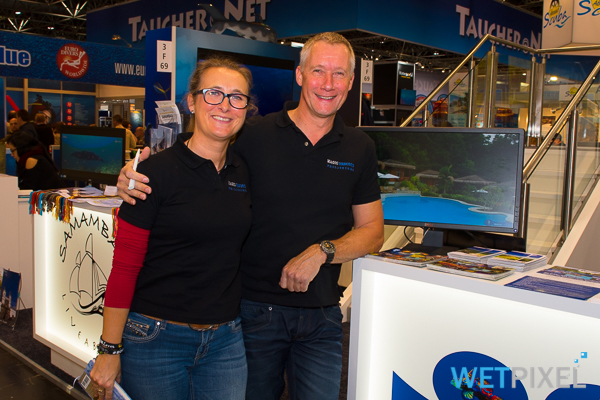
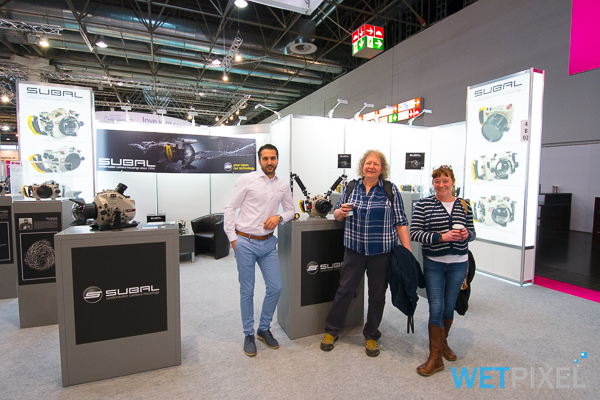

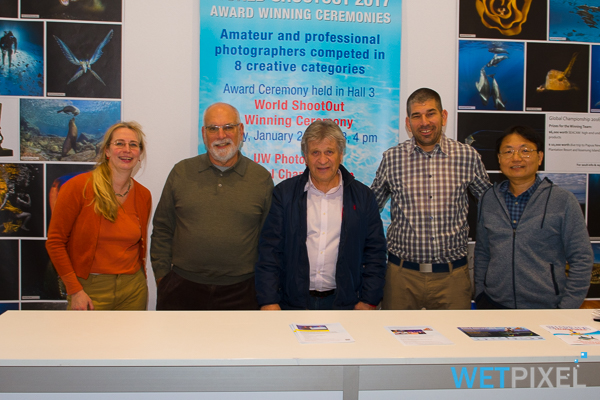
I caught David Pilosof, along with Howard and Nadav Rosenstein of Fantasea and Victor Tsui of AOI on the World Shootout booth.
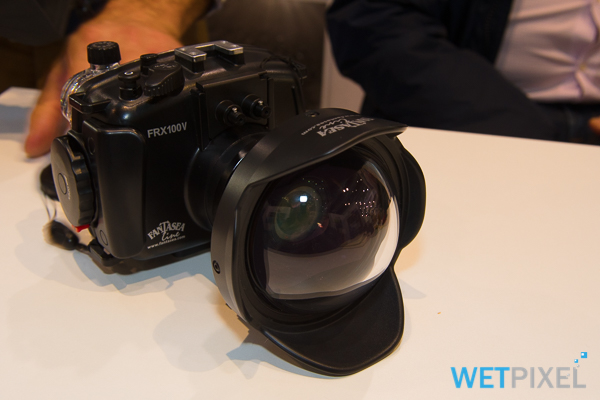
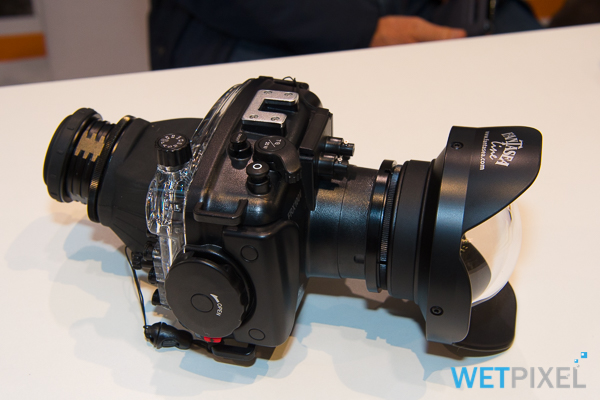
AOI have partnered with Fantasea to offer the UWL-400F fisheye conversion lens. This is compatible with the FG9X and FRX series housings and offers an 120° field of view.
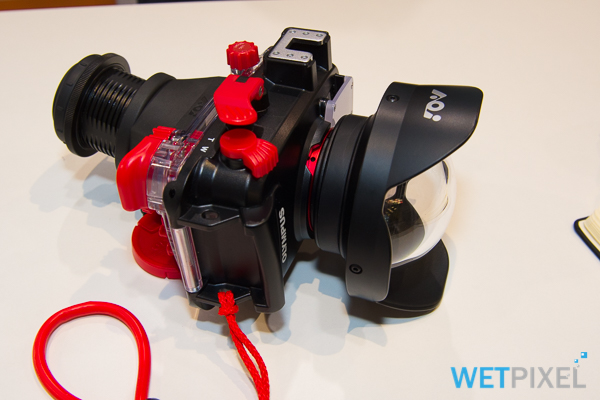
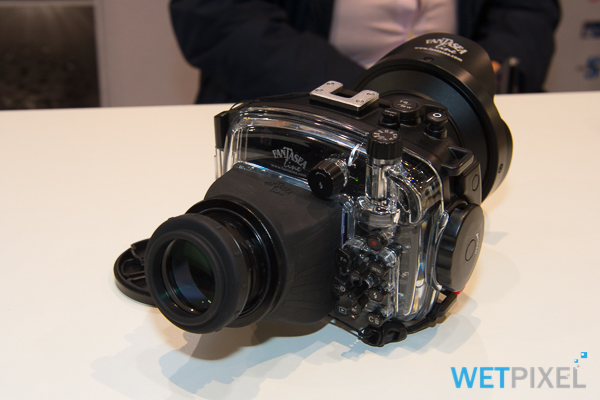
They also showed me a 3 element LCD viewfinders magnifier. This is phenomenally sharp, showing incredible details.
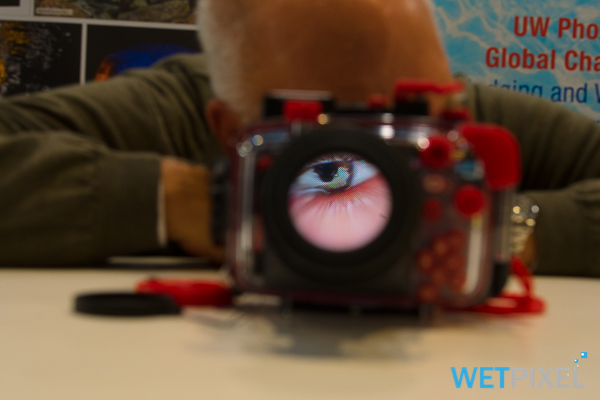

Victor also offers the UWL-400 for the Olympus PT housing for the TG series of cameras
